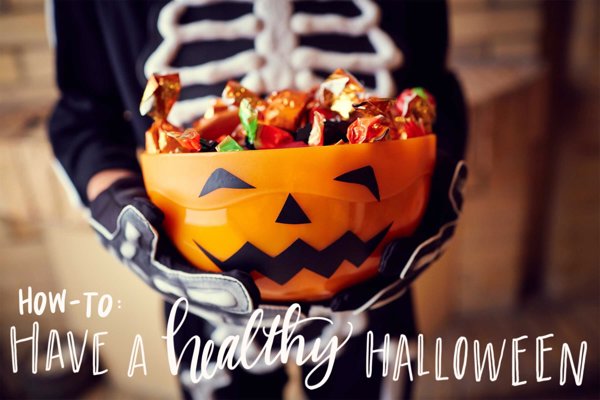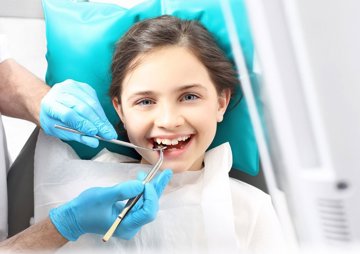How To: Have A Healthy Halloween

Halloween is here, which for most children means bags of free candy and a chance to build a stockpile of sweets for the winter. No surprise, Halloween can also present parents with a variety of health and safety challenges. Pediatric dental experts say Halloween can be a time to teach your children good oral health habits for life, without depriving them of Halloween treats. All things in moderation.
This can also be a good time to teach (or remind) children that it isn't just excess sugar that can lead to cavities. Snacks such as pretzels, with starches that stay in the mouth longer, can also lead to cavities, as can fruit juices.
Letting children help decide what is a reasonable amount of candy to keep has benefits beyond good oral health. The message isn't "candy is bad," but that candy and other sweets, in excess, can lead to cavities. Children learn two important lessons:
- How to control their diets
- What they eat relates to oral health, not just physical health
Here are 8 ways to have a healthy Halloween:
1. Timing is everything
Eat Halloween candy (and other sugary foods) with meals or shortly after mealtime. Saliva production increases during meals. This helps cancel out acids produced by bacteria in your mouth and rinse away food particles.
2. Be picky
Avoid hard candy and other sweets that stay in your mouth for a long time. Aside from how often you snack, the length of time sugary food is in your mouth plays a role in tooth decay. Unless it is a sugar-free product, candies that stay in the mouth for a long period of time subject teeth to an increased risk for tooth decay.
3. Put Your Diet First
Your body is like a complex machine. The foods you choose as fuel and how often you "fill up" affect your general health and that of your teeth and gums.
4. Don’t Devour
Snacking can increase your risk of cavities, and it’s double the trouble if you keep grabbing sugary treats from the candy bowl.
5. Stay Away from Sticky Situations
Sticky candies cling to your teeth. The stickier candies, like taffy and gummy bears, take longer to get washed away by saliva, increasing the risk for tooth decay.
6. Keep the Fluoride Handy
Drinking fluoridated water can help prevent tooth decay. If you choose bottled water, look for kinds that are fluoridated.
7. Brush, Brush, Brush!
Brush your teeth twice a day for two minutes with an ADA-accepted fluoride toothpaste. Remember, replace your toothbrush every three or four months, or sooner if the bristles are frayed. A worn toothbrush won't do a good job of cleaning your teeth.
8. Don’t Forget the Floss
Floss your teeth once a day. Decay-causing bacteria get between teeth where toothbrush bristles can't reach. Flossing helps remove plaque and food particles from between the teeth and under the gum line.



